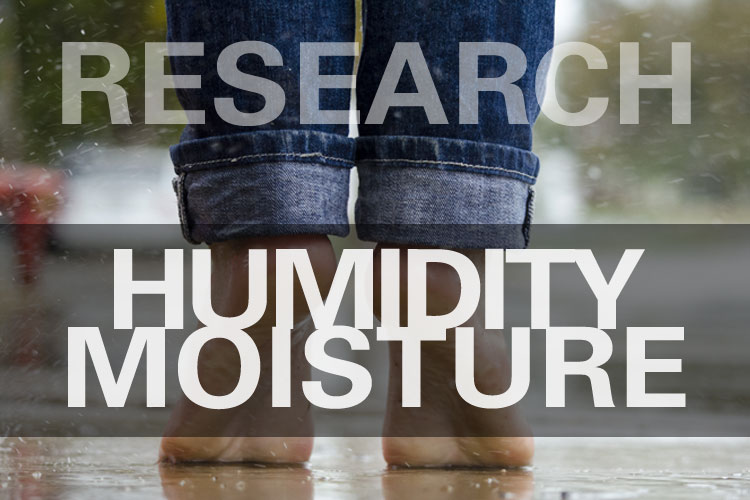The energy consumption of a building is strongly dependent on the characteristics of its envelope. The thermal performance of external walls represents a key factor to increase the energy efficiency of the construction sector and to reduce greenhouse gases emissions. Thermal insulation is undoubtedly one of the best ways to reduce energy consumption due to both winter heating and summer cooling. Insulation materials play an important role in this scenario since the selection of the correct material, its thickness and its position, allow to obtain good indoor thermal comfort conditions and adequate energy savings. Thermal properties are extremely important, but they are not the only ones to be considered when designing a building envelope: sound insulation, resistance to fire, water vapor permeability and impact on the environment and on human health need to be carefully assessed too.
The purpose of the paper is to provide a review of the main commercialized insulation materials (conventional, alternative and advanced) for the building sector through a holistic and multidisciplinary approach, considering thermal properties, acoustic properties, reaction to fire and water vapor resistance; environmental issues were also taken into account by means of Life Cycle Assessment approach. A comparative analysis was performed, considering also unconventional insulation materials that are not yet present in the market.
Finally, a case study was conducted evaluating both thermal transmittance and dynamic thermal properties of one lightweight and three heavyweight walls, with different types of insulating materials and ways of installation (external, internal or cavity insulation).
Authors:
- Schiavoni, S.
- D׳Alessandro, F.
- Bianchi, F.
- Asdrubali, F
Link: http://www.sciencedirect.com/science/article/pii/S1364032116301551



